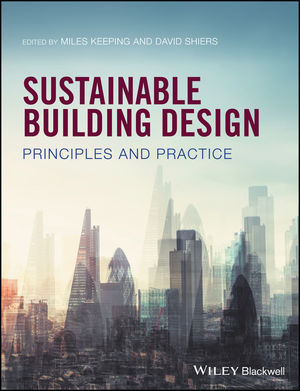R.I.P., Folk Art Building
MoMA rushes to raze Midtown Manhattan gem.
 |
| Photo © MichaelMoran/OTTO |
The Folk Art Museum building's stair contained niches for objects in the collection and led visitors through the narrow structure. |
Next month, RECORD will present projects by architects who give new life to old buildings through thoughtful renovation or adaptive reuse. Unfortunately, that kind of creative thinking wasn't brought to bear to save the acclaimed former home of the American Folk Art Museum from demolition. Designed by Tod Williams Billie Tsien Architects, and opened in late 2001, this little gem in Midtown Manhattan—six stories high and only 40 feet wide, echoing the scale of the townhouses that once lined the block—is in the way of a planned expansion of its mega-neighbor, the Museum of Modern Art. To bail out the debt-burdened American Folk Art Museum in 2011, MoMA bought the building, with its tough and stunning facade of bronze panels—and then announced, last April, that it would tear it down. The news unleashed a firestorm of outrage from critics and design fans. MoMA officials, apparently taken by surprise, backed off—temporarily—and hired Diller Scofidio + Renfro (DS+R) to study how the museum could expand and possibly incorporate the Folk Art building into its future plans.

Two weeks ago, at DS+R's New York office, the architects announced it was "not a logical possibility" to save the building. MoMA plans to expand galleries into three floors of a future commercial skyscraper down the block, designed by Jean Nouvel, and if the Folk Art building stays put, it would make linking the museum's current complex to the new galleries too difficult, DS+R and MoMA maintain, and inadequate for the hordes of expected visitors.
MoMA officials may have thought that DS+R's deft display of drawings and graphics to back up their decision would take the sting out of the news, especially as delivered by Elizabeth Diller, one of the profession's most artful presenters. And surely they trusted that unveiling DS+R's designs for the future MoMA—which target some of the problems that currently bedevil the museum—would be greeted so enthusiastically that the blow of losing a significant work of contemporary architecture would be softened.
But almost no one is applauding. Nearly every major architecture critic (from Just in Davidson at New York magazine to Christopher Hawthorne at the Los Angeles Times) has excoriated MoMA—the first museum in the world to establish a department of architecture and design—for its failure of stewardship in maintaining the Folk Art building in some form.
Beyond that, DS+R's bland, corporate-looking designs have come under attack. In fairness, these images are early schematics that attempt to address the museum crowds (3 million visitors a year), the circulation bottlenecks, and the long trek to get from the front door to the art. The architects are pushing a more urbane, public-friendly agenda: already MoMA is opening its sculpture garden free of charge beginning next summer (though the plan could backfire if this sanctuary in the city becomes jammed and littered with cardboard coffee cups).
Having concluded that the Folk Art site should be swept clean, DS+R had a proposal at the ready to put in its place: the Art Bay, a lofty, flexible space for free exhibitions, performances, and what Diller described as spontaneous events. That space and another unprogrammed one above it are intended to break down barriers across art disciplines at MoMA and further promote an antielitist culture.
For architects to provoke an institution into new ways of thinking is a good thing. But as cool and current as these ideas seem, have they been thoroughly explored for MoMA's long-term future? Despite the supposed limitations of its existing facility, the museum has been able to present such major multimedia events as Doug Aitken's Sleepwalkers in 2007 and Marina Abramovic's The Artist is Present in 2010. Should opportunities for more audience-building and communal spectacle take precedence over the far more complex challenges of improving the visitor experience for deeply engaging the artworks in the unsurpassed collection?
MoMA doesn't have a great track record for planning its future. The $500 million expansion designed by Yoshio Taniguchi—now considered so flawed—has been open less than ten years.
Most important, the new undercooked plans don't begin to justify destroying Williams's and Tsien's building, whose intimate interior conceivably could be adapted for small exhibits, study, or archives.
Meanwhile, though no construction timeline or fundraising plan has been announced, MoMA is rushing to tear down the Folk Art Museum building—as early as this spring, according to director Glenn D. Lowry. That seems rash. Surely some of MoMA's trustees are surprised and troubled by the powerful criticism mounting against the museum. MoMA should hit the pause button and reconsider such irrevocable action.




